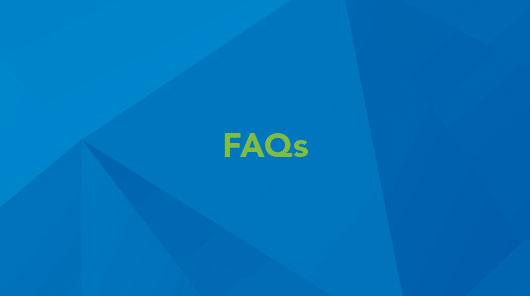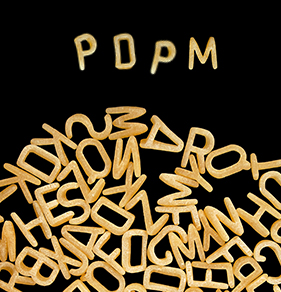September 16, 2019
With PDPM going into effect in only a few days, you may feel the urge to panic. Stay calm! Aegis Therapies has debunked the top four myths on preparing for PDPM to help guide you through a successful transition:
1. A new patient admission process must be established prior to Oct. 1.
While it is important to have an understanding of the considerations for a smooth transition process to PDPM, such as timely therapy evaluations, the transitional Interim Payment Assessment (IPA) and a strategy for restorative care, a completely new patient admission process does not need to be established prior to go live. What will be important is to ensure that the admission process is well organized so patient diagnoses and conditions can be identified and collected so they are captured on the initial assessment. As with any major change, it will be important to consistently review the patient admission process with the interdisciplinary team and identify areas where improvements can be made.
2. An exact number of therapy minutes to be delivered should be established.
Despite therapy minutes no longer being directly tied to payment under PDPM, it is important to consider them to help identify opportunities for improving service-delivery efficiencies. Allocating an exact number of therapy minutes for treatment is not a practical approach for clinicians or for delivering quality patient outcomes. Instead, establish targets for therapy minutes and consider group and concurrent therapy where appropriate. And remember, always consider the patient’s needs first.
3. Staff must be reduced in order to remain viable.
As we mentioned in our previous blog, every facility has unique staffing needs, and this will not change under PDPM. Aegis Therapies anticipates that some locations may need to shift or reallocate staff hours, resulting in an overall reduction of hours due to flexibility in clinical-service delivery. Most staff reduction is expected to occur through attrition and reduction in use of PRN labor. Aegis will focus first on covering reduction of therapy hours by re-evaluating open positions and reducing PRN usage. Therapists can expect any changes to be purposeful and strategic and ones that won’t impact delivery of care or outcomes. So, you will not need to reduce your staff prior to the implementation of PDPM in order to achieve ongoing success.
4. Nursing staff can remain independent of other functional departments.
No. Collaboration and communication will be vital for success in PDPM. Even though the number of required assessments may decrease, the content of those assessments will be much more important under PDPM. Now is the time to ensure that information in transfer or admission packets is as comprehensive as possible and channels are outlined for ongoing communication between the nursing and therapy departments. Aegis Therapies recommends meeting minimally during the weekly utilization review, daily stand-up and quarterly business reviews to achieve smooth transitions and optimal outcomes. To learn more about communication and collaboration under PDPM, watch this short video.








